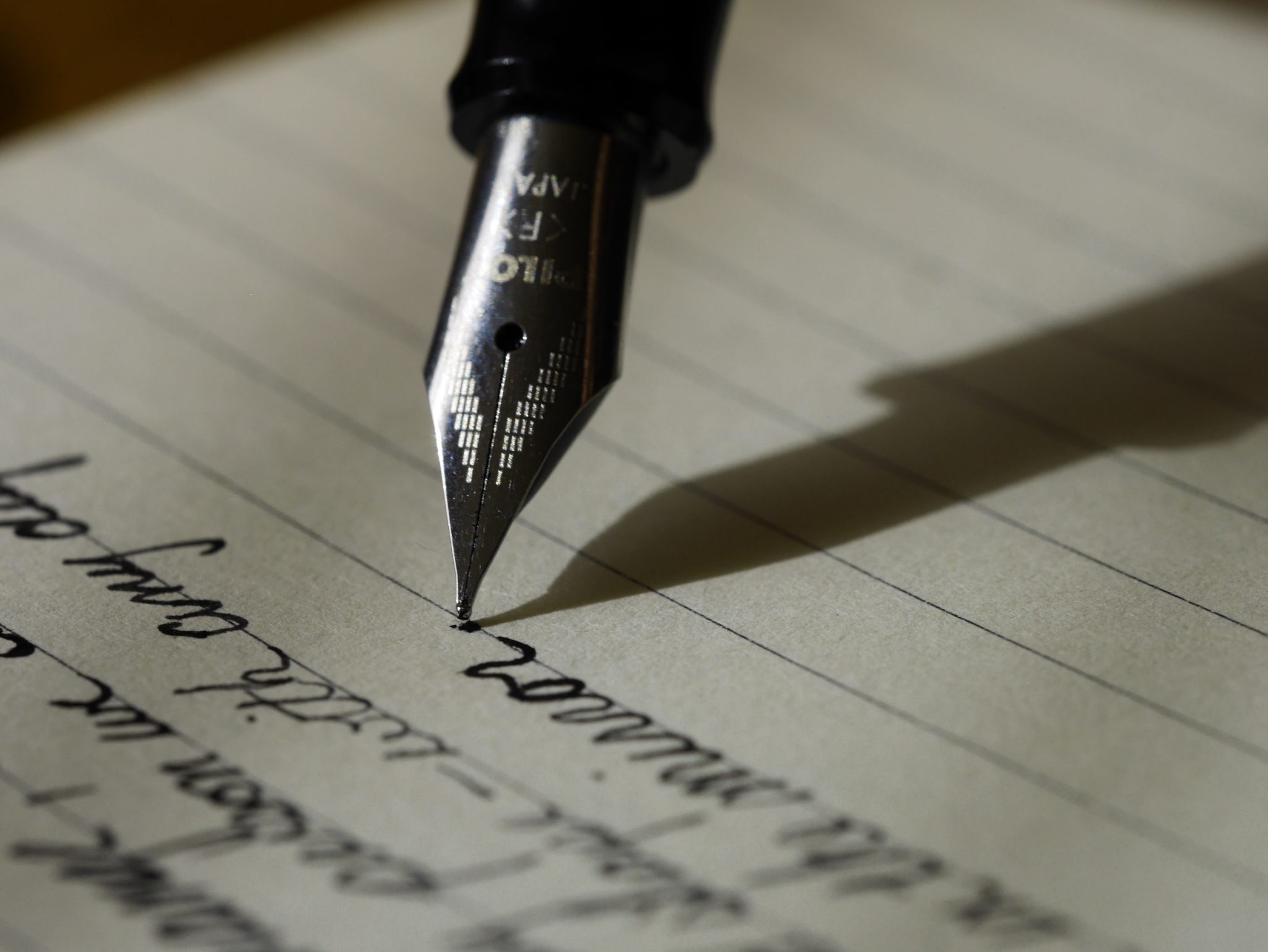
Write for Us: Guidelines
You don’t have to be Shakespeare, Woodward, or Bernstein to write for Minding the Campus (MTC). However, we do have clear expectations of what makes a good, compelling article—and so do our readers.
Types of Articles:
We publish short pieces and essays from professors, academics, and journalists. Students are also invited to report and verify first-hand experiences regarding curriculum, protests, free speech, and other controversies.
The Basics:
- Verification: All pieces, including columns, must be reported and verified with links, quotes, or research that supports your ideas.
- New Angles: If your idea has been written about before—most have—find a fresh angle and a compelling lead.
- Length: Since 60 percent of all internet readers are on phones, shorter is better. A sharply honed 700 to 900-word piece, possibly with compelling infographics, will garner more attention than a 1,500-word article.
- Originality: The words must be yours, except when quoting and sourcing others.
Style and Formatting:
- Chicago Manual of Style: We adhere to the Chicago Manual of Style principles.
- Book titles and publications: Book titles and publication names should be italicized. If a publication name begins with a definite article (“the”), the definite article should not be italicized or capitalized. For example: the Closing of the American Mind and the New York Times. However, “The” should be included for in-text citations, as demonstrated in the example for “Em Dashes vs. Parentheses.”
- Article Titles: Article titles should be placed within quotation marks. For example: “The Idea of a University.”
- Percentages: Write out “percent” instead of using the symbol unless “%” appears in a quote.
- Dollar Sign vs. Words: For monetary amounts, use words for amounts below $1,000 in non-technical writing (e.g., “nine dollars”). For amounts $1,000 and above, use numerals with the dollar sign (e.g., $5,000). For amounts in the millions, continue using numerals with the dollar sign (e.g., $1,000,000).
- Em Dashes vs. Parentheses: Use em dashes (—) without spaces before and after them to set off or emphasize information within a sentence (e.g., The decision—though controversial—was final). Reserve parentheses for informal citations or explanatory notes (e.g., see The Closing of the American Mind).
- Numbers: Spell out numbers from one through nine. For numbers 10 and above, use numerals.
- Quotations: When a quote exceeds three lines, it should be block-quoted. For quotes within quotes, use single quotation marks (‘ ’) inside double quotation marks (“ ”). For example: “The professor stated, ‘The new policy will have a significant effect on student enrollment,’ which raised concerns among faculty members.”
- Citations:
- Hyperlinks: For sources with URLs, include hyperlinks in your text—this is how most articles appear on the site. Hyperlink one to three words, preferably over verbs or numeric data. For example:
-
-
- “College enrollment dropped by four percent in 2023.”
- “College enrollment dropped in 2023.”
-
-
- In-Text Citations: For sources that cannot be hyperlinked, such as books or other non-digital materials, use an informal in-text citation format. For example: “The professor, referring to the History of Education, stated, ‘The new policy will have a significant effect on student enrollment,’ which raised concerns among faculty members.”
- Footnotes: Intensive and academically rigorous essays should use footnotes for detailed citations. In Chicago style, a footnote should be formatted as follows:
-
-
- Book:
- Author’s First Name Last Name, Title of Book (Place of Publication: Publisher, Year), Page Number.
- Example: 1. John Smith, Understanding History (New York: Academic Press, 2020), 45.
- Article in a Journal:
- Author’s First Name Last Name, “Title of Article,” Title of Journal Volume Number (Issue Number) (Year): Page Numbers.
- Example: 1. Jane Doe, “Reevaluating Educational Policies,” Journal of Education 15, no. 3 (2021): 78-92.
- Book:
-
-
- Combining Citation Methods: Articles will use a combination of citation methods. This is fine, but apply the appropriate citation method for each source type.
- Punctuation: Periods and commas always come before the quotation mark—“Not”. “but this.” Question marks, colons, and semicolons follow after the quotation mark unless part of the original quote.
- Paragraphs: Do not indent the first line of a paragraph, and attempt to keep paragraphs to less than four sentences. The shorter each paragraph is, the more likely readers will continue reading.
- Submission: Documents should be submitted either in Word or Google Doc format—we cannot edit PDFs. If you opt for Google Docs ensure that you share and authorize editing capabilities.
Mission Alignment:
Essays should align with MTC’s mission: fostering a new climate of opinion that favors civil and honest engagement, offering engaged debate for readers concerned with the state of the modern university and the society it serves.
Submission:
Submit your ideas, commentary, and essays to [email protected].